Life
Sign up for our newsletter
We summarize the week's scientific breakthroughs every Thursday.
-
 Animals
AnimalsSaving salamanders from amphibian killer may take extreme measures
Experience from lethal Bd fungus outbreak is helping researchers defend North America’s salamander paradise from new Bsal threat.
By Susan Milius -
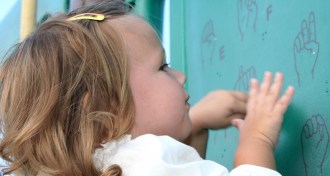 Neuroscience
NeuroscienceEarly exposure to signing helps deaf kids on mental task
Deaf kids exposed to sign language from birth performed better on a task that required attention and impulse control.
-
 Environment
EnvironmentVaping linked to host of new health risks
Animal studies and analyses of gene activity point to broad range of potential new health risks from vaping affecting everything from sperm to heart and immunity to mental health.
By Janet Raloff -
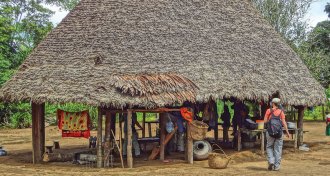 Microbes
MicrobesMicrobe mix varies by kind of home
Urban homes hold more human-associated bacteria compared with rural homes. Subdivided houses with lots of rooms and poor ventilation could be to blame.
By Meghan Rosen -
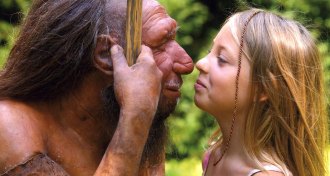 Genetics
GeneticsNeandertal DNA may raise risk for some modern human diseases
Neandertal DNA may once have helped humans, but now may contribute to disease.
-
 Animals
AnimalsAfrica’s poison arrow beetles are key in traditional hunting method
In the Kalahari of Namibia, some San people still hunt with a traditional method — arrows laced with poison taken from beetle larvae.
-
 Astronomy
AstronomyIn all sorts of circumstances, life finds a way
Editor in Chief discusses the new marine habitats formed by human pollution and the alarming rise of the Zika virus.
By Eva Emerson -
 Life
LifeImages probe artery-hardening plaques
Zooming in on hardened arteries shows researchers which plaques pose heart attack risks.
-
 Microbes
MicrobesCyanobacteria use their whole bodies as eyeballs
Little spheres of cyanobacteria cells roughly focus light on sensitive compounds that let them walk in the right direction.
By Susan Milius -
 Earth
EarthOcean’s plastics offer a floating fortress to a mess of microbes
Microbes take up residence on ocean plastics, potentially causing changes in ocean environments.
-
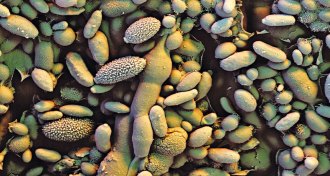 Agriculture
AgriculturePlants trick bacteria into attacking too soon
Scientists have discovered that a plant compound interferes with bacterial communication.
-
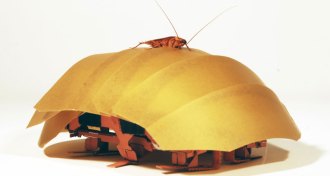 Tech
TechThis roach-inspired robot can wiggle through tight spaces
Cockroaches inspired a compressible, crevice-navigating robot.